We know that it’s important to understand the technical terms used in the field of solar energy. One such term is kWp, which stands for kilowatt peak, a measure of the maximum power output of a solar panel system under perfect conditions.
Understanding kWp is crucial to determining the capacity and efficiency of solar installations, as well as their potential for energy production and savings. But what is kwp in solar terminology, and why should you care?
This guide will explain the meaning and significance of kWp in solar energy. We will discuss its role in determining solar panel power ratings and how it impacts the efficiency of solar energy systems.
Additionally, we will explore the calculation of kWp and its relevance in understanding the capacity of solar installations.
kWp stands for kilowatt peak. It’s a standard unit used to rate the performance of solar photovoltaic (PV) panels. The term “peak” refers to the maximum amount of power that the solar panel can produce under ideal conditions.
The Ideal Conditions Are Defined As:
- Solar irradiance of 1,000 watts per square meter (W/m²)
- An air mass of 1.5 (a measure of the atmosphere’s thickness)
- Panel temperature of 25°C (77°F)
Mains Points To Consider:
- Understanding kWp is crucial in determining the capacity and efficiency of solar installations.
- kWp plays a significant role in determining solar panel power ratings and their potential for energy production and savings.
- The calculation of kWp is essential in assessing the capacity of solar installations.
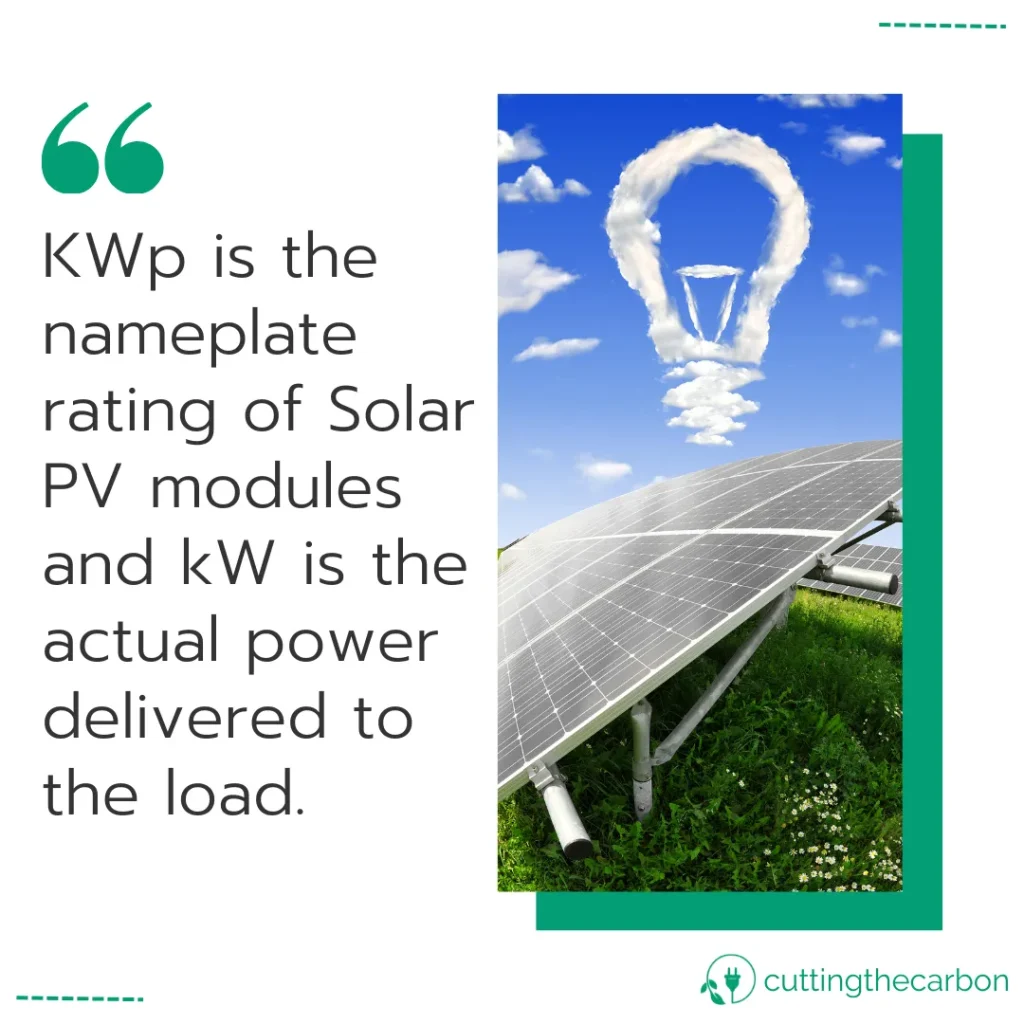
Understanding kWp in Solar Energy
Regarding solar energy, kWp is a crucial concept to understand. kWp, or kilowatt peak, is the unit of measurement used to determine the maximum capacity of a solar energy system under ideal conditions.
Simply put, the kWp rating of a solar panel system reflects its ability to generate electricity at peak performance levels. This means that kWp is a key factor in determining the size and efficiency of a solar installation, as well as the amount of energy it can produce.
For example, if a solar panel system has a kWp rating of 5 kW, this means that it can generate up to 5 kilowatts of power under ideal conditions. However, it’s important to note that actual energy production will vary depending on factors such as sunlight intensity, shading, and temperature.
Understanding kWp is essential for consumers and industry professionals alike to make informed decisions about solar panel installations.
It helps in determining the appropriate system size and capacity needed to meet energy requirements while also providing insight into the potential energy savings that can be achieved.
Ultimately, kWp is a crucial factor in maximising the efficiency and performance of solar energy systems, making it an essential consideration for anyone considering a solar installation.
Calculating kWp in Solar
In the previous sections, we discussed the significance of kWp in solar energy systems and its impact on solar panel power ratings and energy efficiency. Now, let’s explore the calculation of kWp and its implications for solar installations.
Kilowatt peak (kWp) is a measure of the maximum energy output of a solar installation under standard test conditions (STC), which include a solar irradiance of 1000W/m2, a module temperature of 25°C, and an air mass of 1.5. kWp is a crucial factor in determining the capacity and efficiency of a solar energy system, as it represents its peak power output.
To calculate kWp, we need to determine the total power output of the solar installation by taking into account the number of solar panels, their size and efficiency, and the solar irradiance in the installation location.
A common method for calculating kWp is to multiply the number of solar panels by their rated power, taking into account any efficiency losses due to shading, internal resistance, or other environmental factors.
For example, if a solar installation consists of 20 solar panels rated at 300W each, the total power output would be 6000W (20 x 300W). However, considering an efficiency loss of 15% due to shading, the actual kWp output would be 5100W (6000W x 0.85).
A more accurate method for calculating kWp is to use a solar kwp calculator, which considers a range of variables such as the orientation and tilt of the solar panels, the shading and temperature conditions, and the location of the solar installation.
A solar kwp calculator can provide a more precise estimate of kWp capacity and help ensure optimum performance and energy generation.
Overview of kWp in Solar Energy Diagram
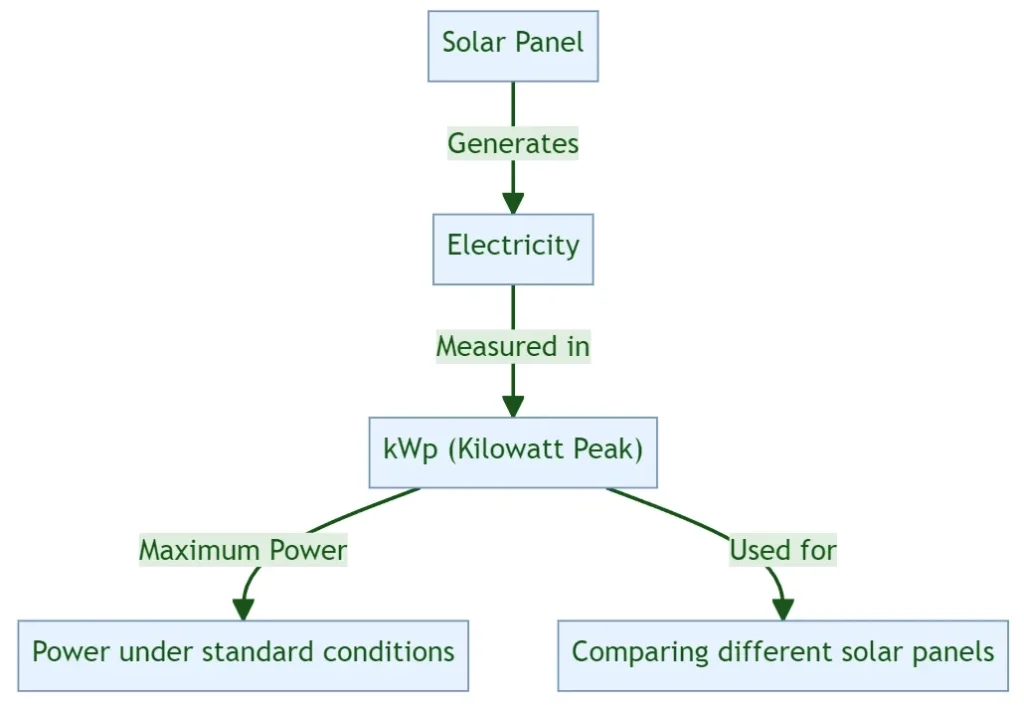
Significance of kWp in Solar Panel Power Ratings
Understanding the significance of kWp in solar panel power ratings is crucial in evaluating the performance and efficiency of a solar energy system. kWp, or kilowatt peak, refers to the maximum output power of a solar panel or system under ideal conditions, typically at noon on a clear day.
kWp is a key factor in determining the overall power rating of a solar panel, which is important in assessing the energy generation capacity of a solar system.
The higher the kWp rating, the more energy a solar panel can produce, which translates to greater savings on energy bills and reduced reliance on the grid.
It is important to note that kWp is not the same as actual power output, which is measured in kilowatts (kW) and can vary depending on factors such as weather conditions and time of day.
However, kWp is a useful metric in determining the potential energy generation of a solar panel or system and in sizing and designing solar installations.
Overall, understanding the relationship between kWp and solar panel power ratings is crucial in evaluating the performance and efficiency of a solar energy system, as well as in maximising energy generation capacity and achieving savings on energy bills.
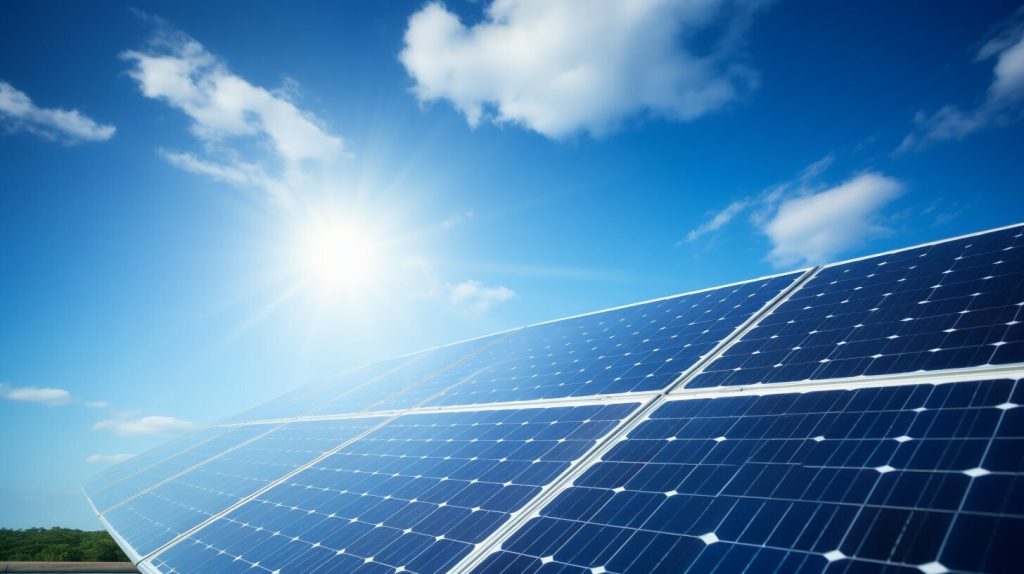
Maximising Solar Energy Efficiency with kWp
When it comes to maximising the efficiency of your solar energy system, selecting the right kWp capacity is crucial. The appropriate kWp capacity depends on several factors, such as your energy consumption needs and available roof space.
In this section, we will discuss practical tips and strategies for optimising your solar energy system with kWp as a guiding factor.
Calculate the Right kWp for Your Energy Needs
One of the most critical factors in maximising solar energy efficiency is selecting the right kWp capacity. The kWp capacity determines the size and efficiency of your solar installation, which impacts energy production and savings.
To calculate the right kWp for your needs, you need to consider your energy consumption requirements and available roof space. A solar energy professional can help you assess these factors and determine the most efficient kWp capacity for your solar project.
The Use Of Solar kwp Calculators
As we mentioned above, a solar kwp calculator is a useful tool that can help you determine the appropriate kWp capacity for your solar energy system. These calculators take into account factors such as roof size, orientation, and shading, as well as your energy consumption needs.
You can calculate the kWp capacity necessary to generate the desired energy and ensure maximum efficiency by inputting these variables.
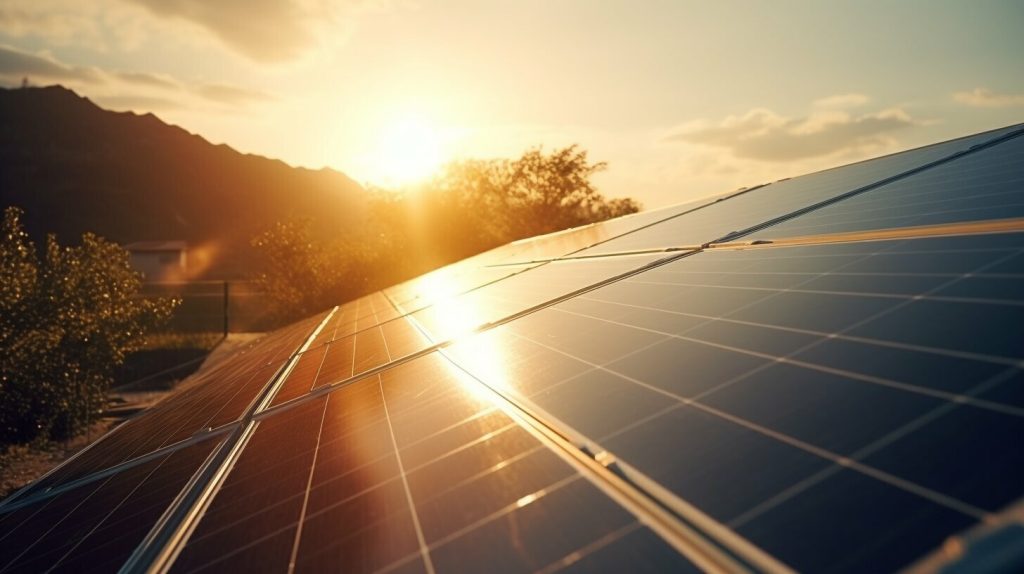
Consider the Impact of kWp on Energy Generation and Savings
The appropriate kWp capacity can significantly impact energy generation and savings. By selecting the right kWp capacity, you can ensure optimal performance and maximum cost savings.
A solar energy system with a higher kWp capacity can produce more energy, reducing the need for grid electricity and providing substantial savings on energy bills. Moreover, a higher kWp capacity can improve the overall efficiency of your solar energy system and increase the return on investment.
Optimize Performance with Regular Maintenance
Regular maintenance is crucial to optimising the efficiency and performance of your solar energy system. Proper panel cleaning and inspection can ensure that the panels are functioning correctly, maximising energy production and reducing the risk of damage or malfunction.
It’s recommended to schedule annual maintenance checks with a solar energy professional to ensure that your solar system is operating at maximum efficiency.
Selecting the appropriate kWp capacity is essential to maximising the efficiency of your solar energy system.
By considering factors such as energy consumption needs, available roof space, and utilising solar kwp calculators, you can ensure optimal performance and maximum cost savings. Regular maintenance can also help to optimize performance and extend the lifespan of your solar energy system.
Benefits of kWp in Solar Energy
When it comes to solar energy, selecting the appropriate kWp capacity is critical for achieving optimal performance and efficiency.
Here are some key benefits of kWp in solar energy:
| Benefit | Description |
|---|---|
| Higher Energy Production | Choosing the right kWp capacity can result in higher energy production, allowing for greater self-sufficiency and reduced reliance on the grid. |
| Increased Savings | By selecting the appropriate kWp capacity, energy bills can be significantly reduced, resulting in long-term financial savings for homeowners and businesses. |
| Optimal System Performance | Selecting the right kWp capacity is crucial for ensuring that a solar energy system operates at peak performance, resulting in consistent and reliable energy generation. |
| Maximising ROI | By selecting the appropriate kWp capacity, solar energy consumers can maximize their return on investment, achieving a quicker payback period and greater overall savings. |
Overall, understanding the role of kWp in solar energy is essential for making informed decisions about solar panel installations and achieving optimal performance and efficiency.
By selecting the right kWp capacity based on energy requirements and available roof space, consumers can leverage the many benefits of solar energy for long-term financial and environmental benefits.
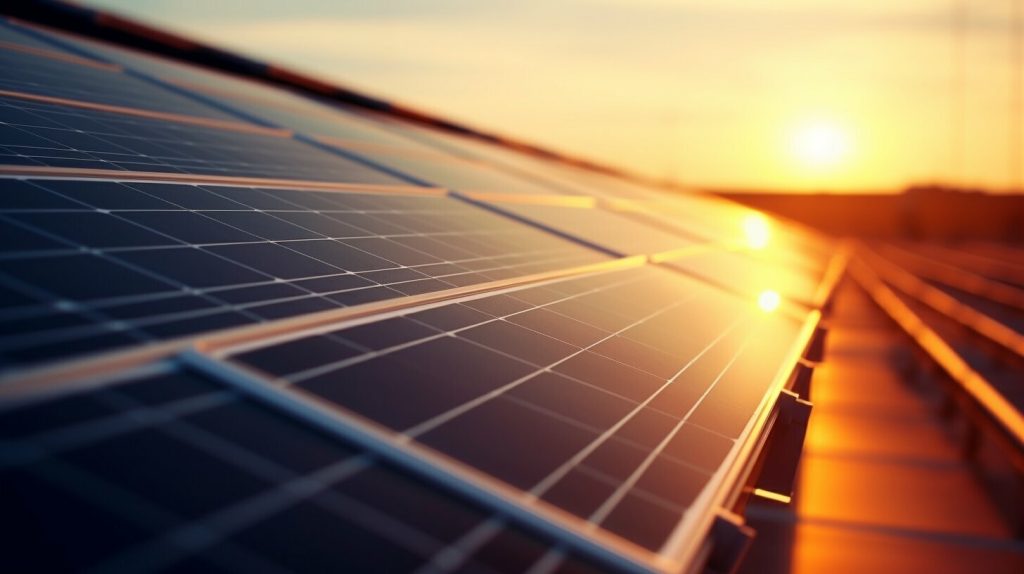
kWp vs kW in Solar: Understanding the Difference
It is common for people to confuse kWp with kilowatts (kW) when discussing solar energy systems. While both units of measurement relate to the amount of power generated by solar panels, they represent different concepts.
kW is the unit of measurement for actual power output at a given moment. In contrast, kWp is a solar panel’s maximum power output under ideal conditions.
So, while kW represents the actual power currently being produced, kWp is a measure of the potential capacity of the panel when conditions are optimal.
It is important to understand this difference because it affects the way we interpret the performance of a solar energy system. In practice, the actual power output may fluctuate depending on factors such as weather conditions and the angle and orientation of the panels.
Therefore, when assessing the efficiency and effectiveness of a solar energy system, it is more appropriate to consider the kWp capacity rather than just the kW output.

The difference between kW and kWp is particularly relevant in the sizing and selection of solar panels and systems. The kWp capacity of a solar panel determines the amount of energy it can generate in ideal conditions.
By calculating the kWp capacity required based on factors such as energy consumption and available roof space, solar energy professionals can determine the number and type of panels needed for a particular installation.
Overall, understanding the difference between kWp and kW is crucial to evaluating the performance and efficiency of a solar energy system.
By focusing on kWp capacity, we can make more informed decisions about the sizing and selection of solar panels and systems, ensuring optimal energy generation and savings.
The Importance of kWp in Solar
At this point, you may be wondering why kWp is so important in solar energy systems. The answer is simple: kWp is the key factor that determines the capacity and efficiency of a solar energy installation.
By selecting the appropriate kWp capacity, consumers and industry professionals can ensure that their solar panels are generating as much energy as possible while avoiding oversizing or under-sizing the system.
Moreover, understanding kWp can lead to significant cost savings on energy bills.
By maximising the kWp capacity of a solar installation, homeowners and businesses can reduce their reliance on the grid and take advantage of government incentives such as the Feed-in Tariff (FiT) scheme in the UK.
Another reason why kWp is important is that it helps to ensure optimal system performance. By selecting the right kWp capacity, consumers can ensure that their solar panels are operating at their maximum potential, generating as much power as possible under ideal conditions.
This can lead to increased energy production and savings over time.
Furthermore, kWp plays a crucial role in determining the size and capacity of solar panels. By calculating the kWp capacity of an installation, consumers and industry professionals can select the appropriate panel size and configuration to optimize energy generation.
This can help to maximize the return on investment for solar energy consumers.
By understanding its significance and taking the time to calculate the appropriate kWp capacity for a given project, consumers and industry professionals can ensure optimal system performance, maximise energy generation and savings, and contribute to a more sustainable energy future for the UK and beyond.
How kWp Impacts Solar Energy Savings in the UK
Choosing the right kWp capacity for a solar energy system in the UK can significantly impact energy savings. With the Feed-in Tariff (FiT) scheme, homeowners and businesses can earn money for the renewable energy they generate and use.
The FiT pays a set rate for the electricity generated by a solar energy system, regardless of whether it is used or exported to the national grid.
By selecting the appropriate kWp capacity for a solar panel installation, consumers can maximise their energy production and earn more money through the FiT scheme.
A higher kWp capacity means more electricity generation, which can then be used to offset energy bills or earn additional income through the export of surplus energy.
It’s important to note that kWp capacity should be selected based on energy requirements and available roof space.
A solar energy system that is too large or too small for the property’s energy requirements will not be as effective in generating savings. Consultation with a solar energy professional can help determine the optimum kWp capacity for each individual project.

Furthermore, understanding kWp in solar energy can help UK homeowners and businesses take advantage of the prevailing electricity rates.
With electricity prices in the UK among the highest in Europe, a solar panel installation with the right kWp capacity can provide significant long-term savings on energy bills, reducing reliance on the grid and protecting against future price increases.
Overall, selecting the right kWp capacity for a solar energy system in the UK can result in significant financial benefits for consumers.
By maximising energy production and taking advantage of government incentives, kWp can help reduce energy bills, earn additional income, and create a sustainable and renewable energy future for the UK.
kWp and Solar Energy Regulation in the UK
Regarding solar energy regulation in the UK, kWp is essential in ensuring compliance with industry standards and government incentives.
kWp is used to measure the capacity of solar energy systems, which is critical for accurately assessing the financial viability of solar projects.
Under the Feed-in Tariff (FiT) scheme, which closed to new applicants in 2019, the amount of money paid to solar panel owners was based on the kWp capacity of their installation.
The higher the kWp rating, the more money paid out by the government. Hence, accurately determining the kWp capacity of a solar panel system is crucial to optimising solar energy savings in the UK.
Moreover, the regulations surrounding the installation and operation of solar panels in the UK have become more stringent in recent years.
For example, since 2019, all solar panel installations in the UK must comply with the Microgeneration Certification Scheme (MCS) standards, which include specific requirements for kWp capacity.
The guidelines for MCS accreditation outline the minimum kWp capacity required for a given installation and also specify the maximum kWp capacity to ensure safe and efficient operation.
It is important to note that the required kWp capacity varies based on the specific location, orientation, and shading of the roof on which the solar panels are installed.

“kWp plays an essential role in ensuring compliance with industry standards and government incentives.”
Choosing the Right kWp for Your Solar Project
When it comes to selecting the right kWp capacity for your solar project, there are several factors to consider. The first step is determining your energy consumption needs, which will help you determine the appropriate kWp capacity required to meet your energy demands.
You should also consider the available roof space for your solar panel system. If you have a small roof space, you may need to consider a lower kWp capacity, while a larger roof space may enable you to install a higher kWp capacity system.
You should also consider your budget, as higher kWp capacities generally require a larger investment.
It is important to consult with a solar energy professional to help you assess these factors and determine the most appropriate kWp capacity for your solar project. A professional can also help you navigate industry standards and government regulations on kWp in solar energy systems.
Remember that choosing the right kWp capacity can significantly impact the efficiency and cost-effectiveness of your solar energy system.

What is kWp in Solar? Final Thoughts
Throughout this guide, we hope to have provided an in-depth understanding of kWp in solar energy systems. From explaining its significance in determining solar panel power ratings to discussing its impact on energy production and savings, we have covered a wide range of topics related to kWp in solar.
It is important to remember that selecting the right kWp capacity for a solar installation is critical to achieving optimal performance and maximum savings.
It is therefore recommended to consult with experienced solar energy professionals who can assess your specific energy needs and provide guidance on the most suitable kWp capacity for your project.
We hope this article has provided valuable insights and information on the importance of kWp in solar energy systems.
By understanding the relevance of kWp, consumers and industry professionals alike can make informed decisions and leverage the benefits of solar energy for both economic and environmental sustainability.
FAQs
What is kWp in Solar? Explaining Solar Panel Power Ratings
kWp (kilowatt peak) is a measurement used to determine the maximum power output of solar panels under ideal conditions. It represents the capacity of a solar energy system and is a key factor in determining solar panel power ratings and efficiency.
How do you convert kWp to kWh?
To convert kWp to kWh, multiply the kWp value by the number of sun hours in your location. The formula is kWh = kWp × sun hours. kWh=kWp×sun hours, with sun hours found in local solar insolation tables.
Is kWp the same as kW?
No, kWp (kilowatt peak) and kW (kilowatt) are not the same. kWp refers to the maximum power a system can produce under optimal conditions, while kW is a unit of continuous power.

